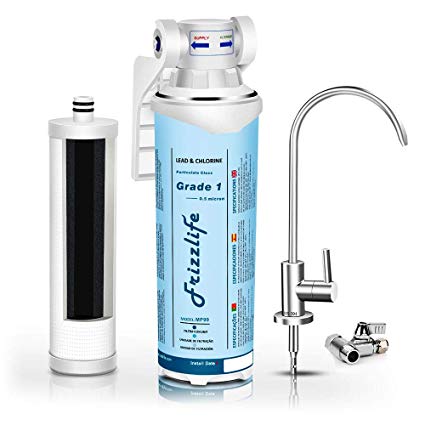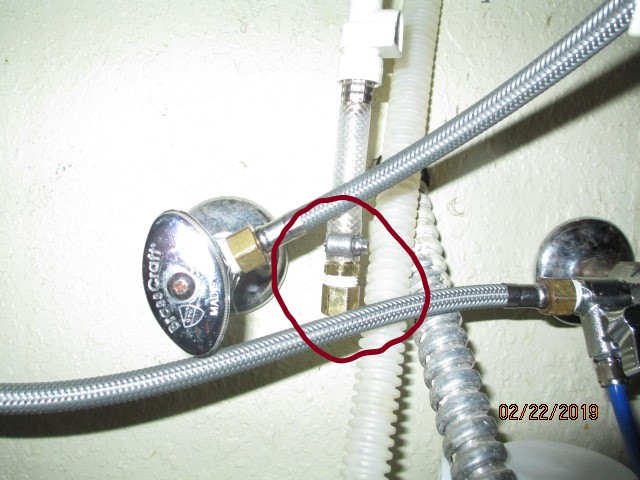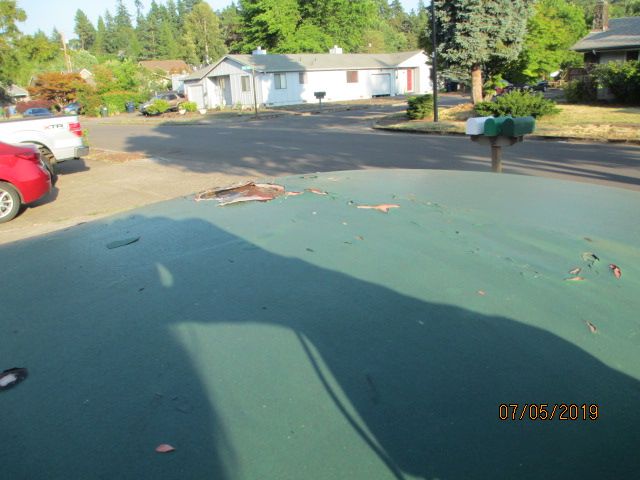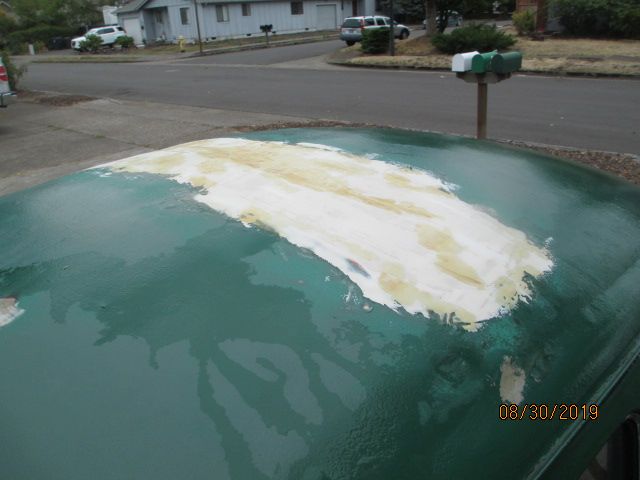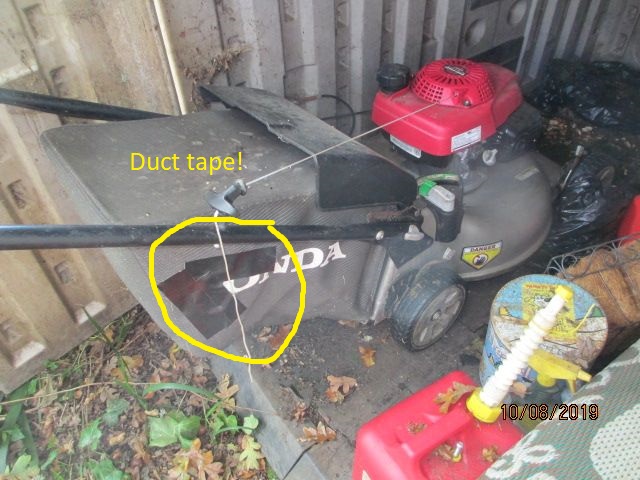Here are some updates on my latest DIYs (cause I know you guys have just been dying for them), first off, the '67 Bug. Picture this...
I'm driving home and suddenly I hear this bizarre sound. Being the car is so old I thought maybe a door had fallen off, or maybe I had lost the engine, turns out it was the fan belt. Thankfully I got home without any major damage to the engine, the fan belt was just shredded, though. So naturally I wanted to fix this myself...
Went to an auto parts place where they sell fan belts that are supposed to fit the '67 Bug - bought one, tried to install it, turns out it was too short. Hmpf! So I ordered one from Amazon that got good reviews from old VW owners, it's supposed to arrive on Monday. We shall see. If nothing else I got to practice how to change and adjust the fan belt being I've never done it before, in these old Bugs the adjustment is rather ingenious. (It involves some shims, god bless those Germans.)
Next DIY I was not able to tackle... the old washer started leaking water all over the place, upon checking the webs I learned it could be a whole number of things. Being I can barely move the washer in order to get to the back panel I just said *** it and chose to buy a new one instead. Think I got a good deal on a decent washer - with delivery and warranty and hauling the old one away it came to about $500.
Last but not least this DIY was a success (well, sort of) - my bike repair stand + tools has to stay outside on the patio, being I didn't want my tools to get all wet and rusty from the rain I've been using a yard debris bag to cover the stand. After a few years the bag was just totaled, so I wanted to sew one together with any stuff I already had.
I ended up using an old bed sheet, a plastic shower curtain liner, some bamboo stakes, staples, and a sewing machine. I was just making it up as I went along, trying to sew a plastic liner to the bed sheet was quite the adventure. (Don't think I want to try that again.) It doesn't look as nice as I had hoped, but as long as my stand and tools stay dry I don't really care.
So here's a picture of the old yard debris bag and my latest creation - personally I think it's a freaking masterpiece!
Will keep you all posted on the fan belt situation once the belt arrives, worry not.



